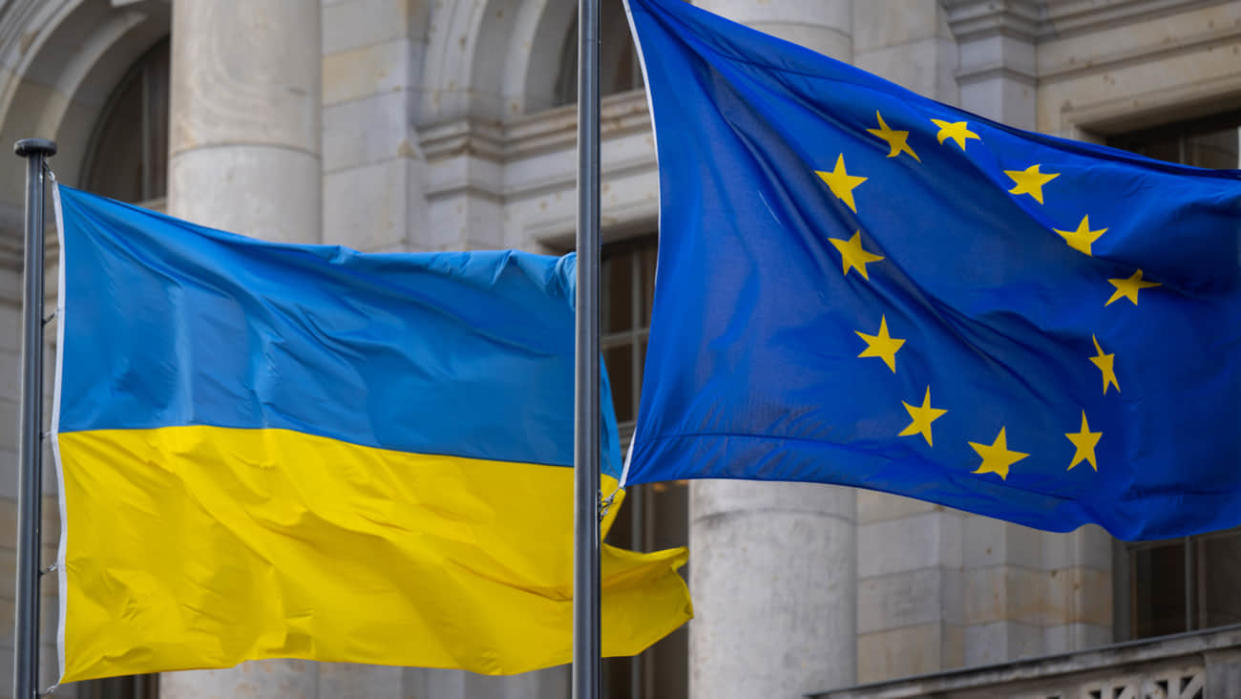EU wants to reform fund of military aid to Ukraine

The European Union's External Action Service has submitted a proposal to member states to reform the fund that provides military support to Ukraine, as the EU is moving from providing weapons from existing stocks to purchasing new ones.
Source: Bloomberg with reference to the relevant document, reported by European Pravda
Details: The document sets out the conditions for the creation of the previously proposed Ukraine Assistance Fund with an annual budget of about €5 billion, which the EU governments could not agree on.
"A political agreement is needed as soon as possible on the proposed objective to reach an increase of the overall financial ceiling of the EPF by €5 billion, specifically dedicated to Ukraine," the document says.
Under the current funding mechanism, known as the European Peace Facility (EPF), EU member states are reimbursed for arms they send to Ukraine. The size of the facility has been increased several times, but decisions to allocate and disburse funds require unanimous support.
Further comparable annual increases can be provided for until 2027, based on Ukraine's needs and subject to political leadership from member states.
The article says that diplomatic representatives of several countries, including Germany, suggested at a meeting on Wednesday that the EPF in its current form is becoming less effective, as most future supplies will come from new arms purchases rather than from existing stocks.
Bloomberg reported that other member states would like to see the aid fund integrated into the EPF, while some countries want to keep the current mechanism.
The EU's External Action Service’s proposal aims to reconcile the different positions by changing the governance of the fund, including securing reimbursement rates and providing a higher bonus for joint initiatives between European and Ukrainian industries.
It is stated in the document that reimbursement for stockpile deliveries and unilateral purchases will be gradually abolished.
The fund is expected to have two main areas of support through the EPF: providing lethal and non-lethal support to Ukraine through joint procurement through European industry and continuing to train and equip Ukrainian troops.
This instrument should complement any bilateral assistance provided to Kyiv by member states.
It is planned that the fund will be used to meet Ukraine's most urgent needs for artillery, specialised ammunition, drones and air defence equipment, as well as non-lethal elements such as equipment for mine clearance, military medical support and cyber security.
The involvement of non-European arms and services in the EU's work to train and equip Ukrainian forces, for example, within the F-16 fighter jet coalition, should be considered on a case-by-case basis, as it is said in the document.
Background: Thierry Breton, European Commissioner for the Internal Market, said before that the European Union would be able to produce at least 1.3 million shells by 2025 and give the majority of them to Ukraine.
Breton recently proposed the idea of creating a €100 billion European Union Defence Fund and called for an increase in weapons production to match Russia's potential.
"I am convinced that we will do it," he said, adding that EU leaders will discuss the issue at the summit on 1 February. The decision to allocate money from the EU budget for the defence industry must be approved by the European Council.
European Pravda reported earlier how Europe's efforts to increase arms production and help Ukraine fight the Russian invasion had hit an unexpected obstacle in the form of German local authorities.
Support UP or become our patron!

